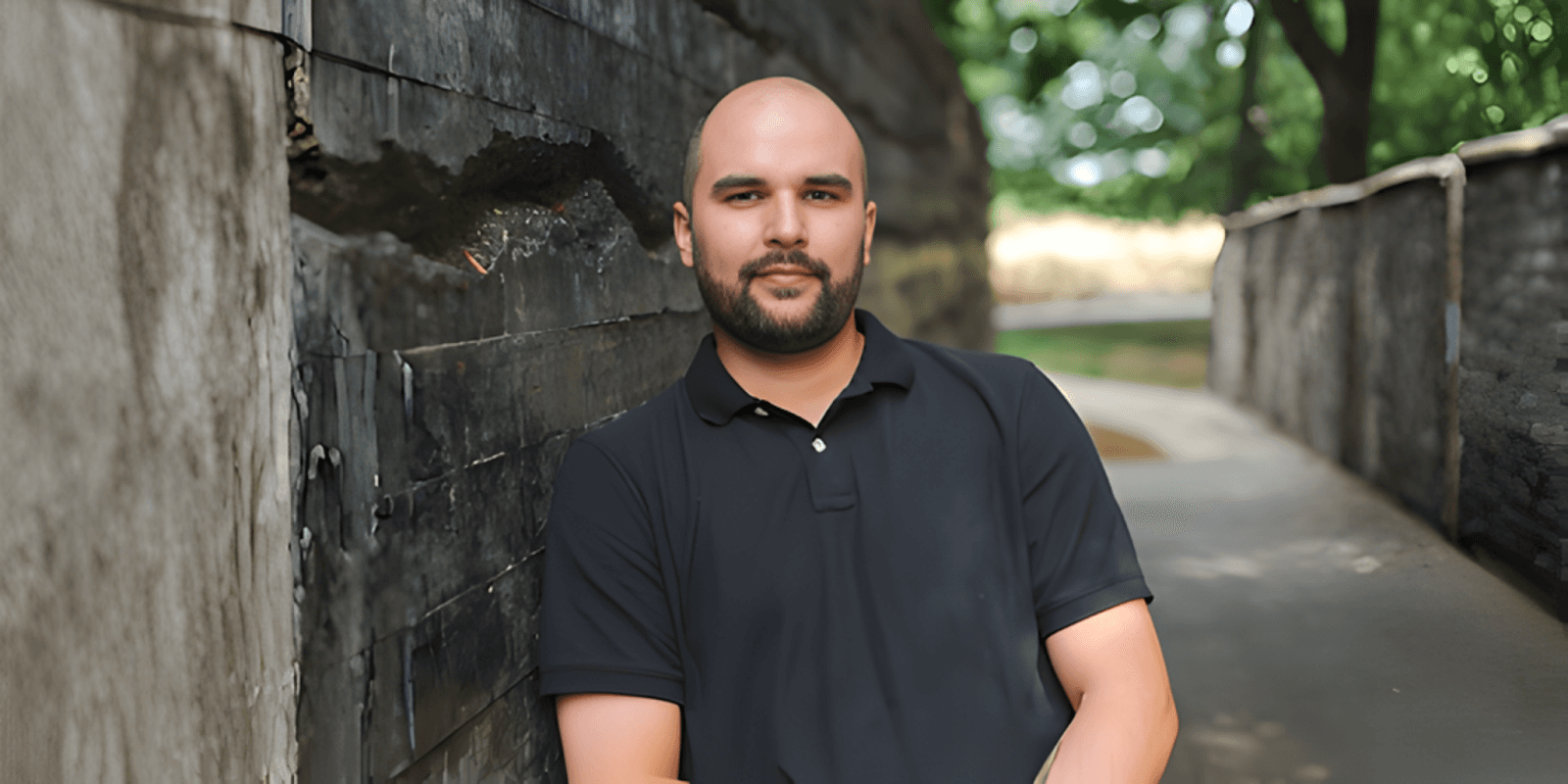newsletter
Your Daily News in Just 5 Minutes!
Featured
Featured
NYPD Utilizes Advanced Technology in High-Profile Manhunt Following CEO Assassination
After the assassination of United Healthcare CEO Brian Thompson, the NYPD deployed advanced technologies to track the suspect. The use of AI-powered facial recognition, drones, GPS tracking, and forensic DNA analysis played a crucial role in identifying and apprehending the perpetrator. This case highlights the growing role of technology in modern law enforcement.
Dec 26, 2024
In a striking demonstration of how technology is shaping modern criminal investigations, the New York Police Department (NYPD) successfully leveraged advanced surveillance and forensic tools to track down a suspect in the high-profile assassination of United Healthcare CEO Brian Thompson. The case, which unfolded in December 2024, drew national attention not only due to the prominence of the victim but also because of the sophisticated investigative techniques used by law enforcement.
Brian Thompson was fatally shot outside his Manhattan residence in what authorities quickly determined to be a targeted attack. The NYPD immediately launched an extensive manhunt, deploying an array of cutting-edge technologies to identify and locate the perpetrator. Facial recognition software played a pivotal role, scanning thousands of surveillance camera feeds across the city to match suspect descriptions provided by witnesses. AI-powered analytics helped narrow down potential leads, significantly reducing the time needed to identify a primary suspect.
In addition to facial recognition, the NYPD employed aerial drones to monitor potential escape routes, while GPS tracking and cellular data analysis helped trace the suspect’s movements both before and after the incident. Forensic teams also utilized rapid DNA sequencing to analyze biological evidence collected from the crime scene, further strengthening their case. These combined efforts led to the swift apprehension of the suspect in a matter of days.
The use of such advanced technology in policing has sparked discussions about privacy concerns and the ethical implications of widespread surveillance. Civil rights advocates have raised questions about the balance between security and individual freedoms, particularly regarding AI-driven facial recognition and data collection methods. However, law enforcement agencies argue that these tools are essential for solving complex cases efficiently and preventing further crimes.
This case underscores a broader trend in law enforcement: the increasing reliance on technology to enhance investigative capabilities. As criminal tactics evolve, agencies across the country are turning to AI, big data, and advanced forensic tools to stay ahead. The NYPD’s rapid response to this high-profile assassination serves as a compelling example of how modern policing is being reshaped by innovation.
With continued advancements in technology, the role of AI and data analytics in law enforcement will likely expand further, presenting both opportunities and challenges in maintaining security while upholding civil liberties.
Related blogs
Related blogs
Copyright 2025 USA NEWS all rights reserved
newsletter
Get daily news directly in your inbox!
Copyright 2025 USA NEWS all rights reserved
newsletter
Get daily news directly in your inbox!
Copyright 2025 USA NEWS all rights reserved
Copyright 2025 USA NEWS all rights reserved














